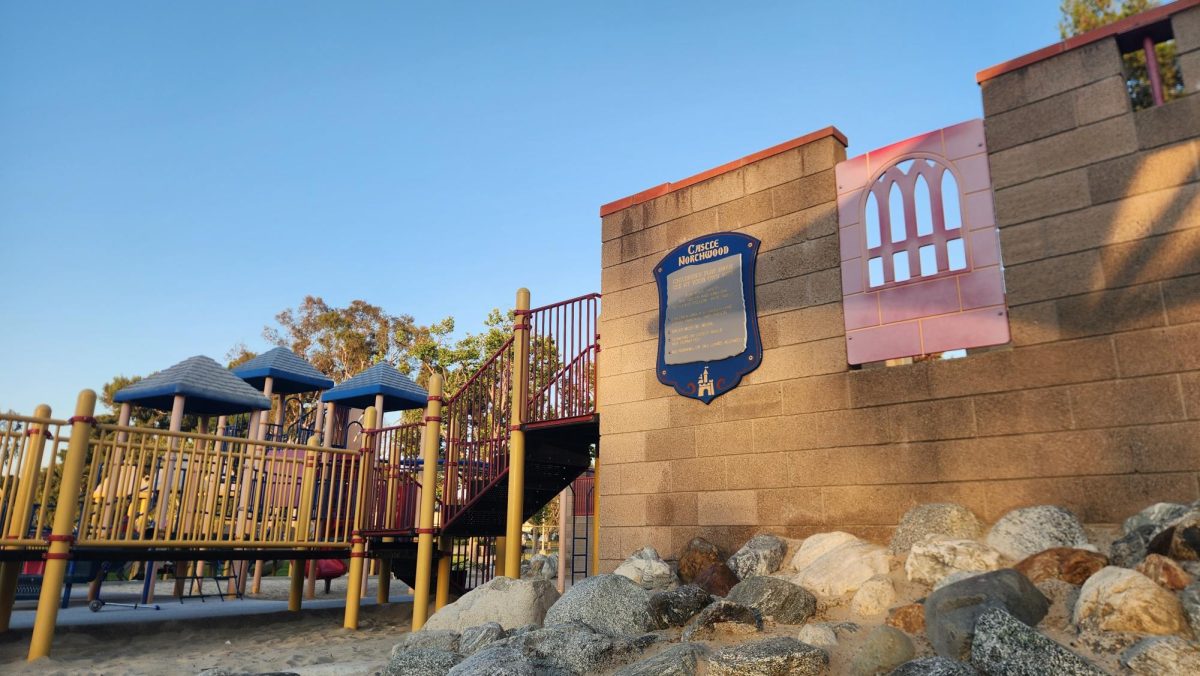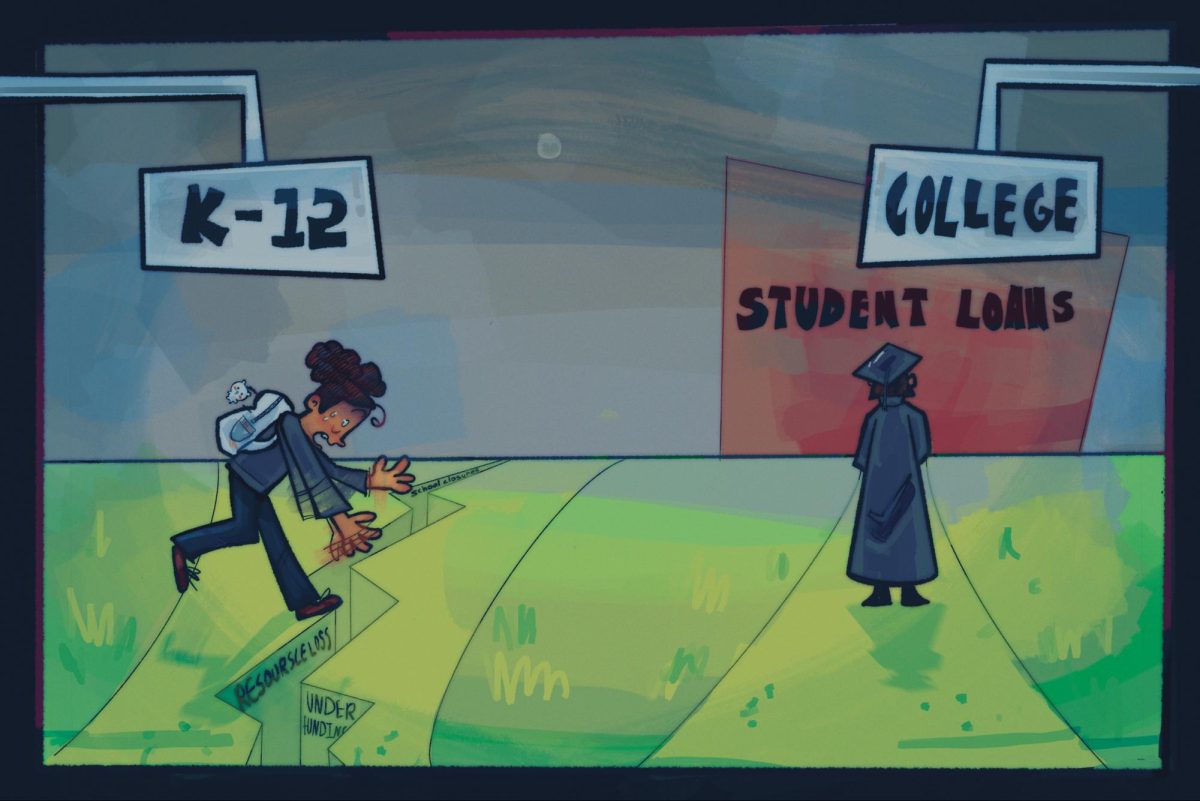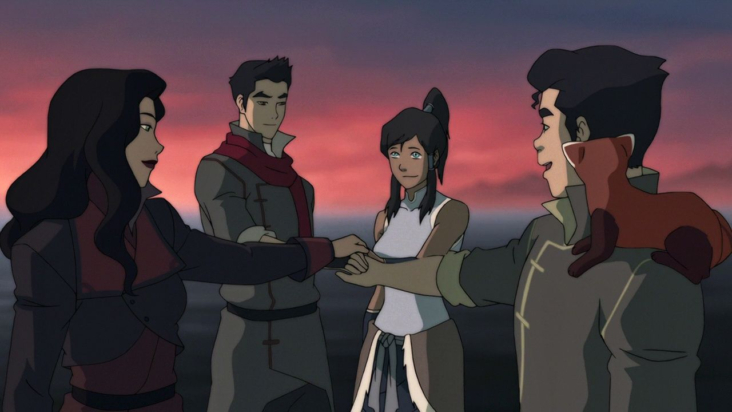The Legend of Korra in a Nutshell
September 19, 2020
Warning: Spoilers Ahead
“Avatar: The Last Airbender” is one of those shows that grows with you through your elementary school days, teenage angst phase and into your adulthood. It serves as a nostalgic treasure and an enjoyable watch even after the seventh binge marathon. The show was esteemed as a childhood favorite, a groundbreaking animation and one of the greatest franchises of all time, but everything changed when its original release was scarred by the disappointing sequel, “The Legend of Korra,” which was recently released on Netflix.
“The Legend of Korra” is set in an industrializing world where four nations exist, each based on one of the four elements (water, earth, fire, air). In this world built on bending, or manipulating, elements, headstrong protagonist Korra is the reincarnation of Aang from “Avatar: The Last Airbender,” making her the next Avatar in the cycle. As the Avatar, she holds the unique abilities to bend all four elements and bridge the human and spirit worlds. “The Legend of Korra” spans four seasons of Korra and her team, Mako, Bolin and Asami, upholding peace and defeating enemies in a time of growing resentment between benders and non-benders, rising anarchism and emerging political corruption.
The series brings new stories to the table with greater incorporation of the spirit world and history of the first Avatar. The show’s higher budget has also allowed for higher quality art, and the creators attempt to experiment with multiple antagonists and trials for Korra to face (keyword: attempt). However, these are the only merits of the show.
The series is a disastrous delivery of a subpar plot where in-universe controversial stories are crammed into 12 to 14 episodes each season. Meanwhile, Korra is handed all the Avatar tools on a silver platter from episode one—without undergoing the Avatar journey. The writers pull desperate dei ex machina at many major conflicts, including Korra losing her bending and the air nation on the brink of extinction, and consequently, rob those conflicts’ potential to redeem the show.
Every single character in “The Legend of Korra” lacks dimensionality, including Korra herself. Glimpses of each characters’ past conflicts promised development, but were later abandoned, leaving a naive main character, stereotypical comic relief and a brooding man and female magnate. If anything, the characters come out of the story with less depth than they began with. What’s even more insulting is the creator’s unconvincing pretend play that the characters’ surface-level personalities have somehow evolved.
With miniscule development for each character, there is no room for romance. But unfortunately, they tried it anyway. Aside from the undeveloped love triangles and nonsensical relationships, “The Legend of Korra” outright queerbaits, inserting a relationship between Korra and Asami, a female character, in, literally, the very last minute of the show without a single scene suggesting this relationship beforehand. In addition, Eska compares her boyfriend Bolin to a slave and forces him into marriage in a cringeworthy storyline that painfully dismisses their abusive relationship as one major joke.
Even more problematic are the consistent Christian overtones and Americanization of a culture originally built on various Asian civilizations and natural elements. In fact, there’s a wide consensus that the main setting, Republic City, seems to just have plagiarized New York circa 1920, while the first season’s villain is the embodiment of Occupy Wall Street engrained with a poorly understood version of communism. The franchise deviated entirely from exploring philosophy to promoting problematic political messages and senseless imbalance that justify imperialism and tyranny. Seriously, were we supposed to support the oppressive rulers when they shut down dissent while ignoring social inequalities that started the revolts in the first place?
To top it all off, the animation quality tanked in the last seasons, corresponding with their budget cuts. At some points, the art, animation and CGI were all atrocious—take a look at any scene with a machine. Other times, there was no consideration for bending technique nor how characters moved.
A defining feature of “Avatar: The Last Airbender” was each bender’s unique martial arts style. However, the tradeoff between art and animation in “The Legend of Korra” ultimately replaces the meaning behind bending for some extra details in Korra’s pants, watering down combat scenes to mere punches and kicks. The animation and writing distorts traditional bending in a way that dilutes formerly impressive skills like lightning creation and metalbending. It is the manifestation of quantity over quality, where the creators hastily added new bending forms to compensate for their destruction of art and emotion in the bending culture that “Avatar: The Last Airbender” so beautifully sculpted.
It’s a shame that Korra was the one to lose connection to the past Avatars and be honored as the new first Avatar, and it was equally heartbreaking to see the franchise miss the mark again. If you’re considering watching “The Legend of Korra,” the only reason you should do so is if you want to lower your standards for animated television. Otherwise, a better option is to just rewatch “Avatar: The Last Airbender” (and pretend like nothing came after it).

























































